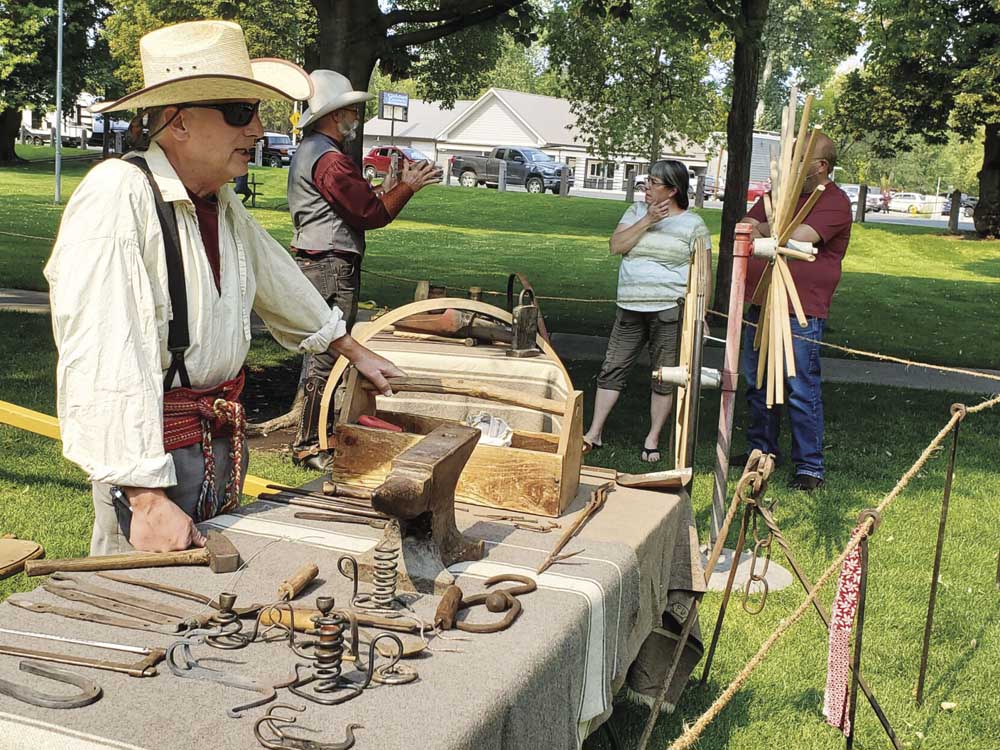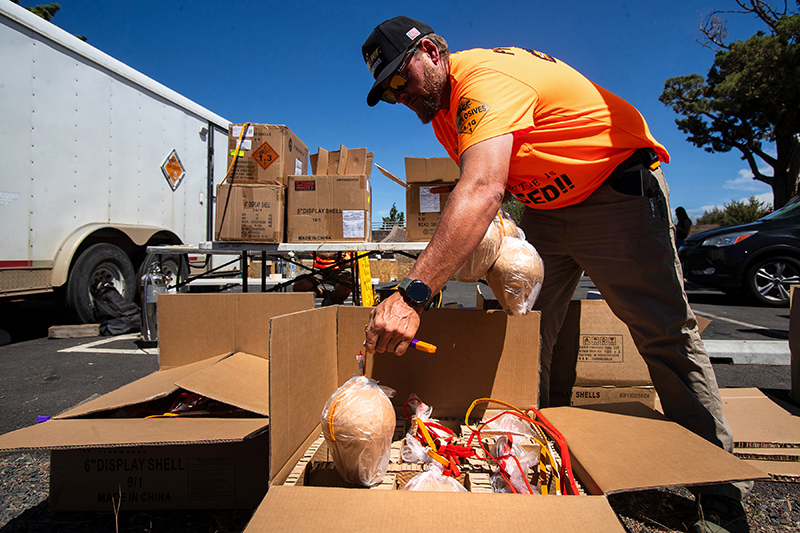Oregon Trail Interpretive Center gains temporary home in Baker City
Published 12:00 pm Tuesday, November 2, 2021

- A living history performance at Geiser-Pollman Park over Labor Day weekend. The Bureau of Land Management plans similar events, as well as concerts, in the park while the Oregon Trail Interpretive Center is temporarily housed just east of the park in the Baker Heritage Museum.
The wagons are packed and moving west into Baker City this winter as the National Historic Oregon Trail Interpretive Center takes up a temporary home at the Baker Heritage Museum.
The change is due to a multiyear closure of the Interpretive Center for renovations to make the building, which opened in 1992 about 5 miles east of town, more energy efficient.
The move to Baker City will maintain a presence in town while the center is closed, said Larisa Bogardus, public affairs officer for the BLM’s Vale District, which manages the center.
“We wanted to be someplace visitors can find us,” she said.
Work on the Interpretive Center is expected to begin March 1, 2022. Bogardus said the construction contract was awarded to Hess Contracting Inc., from Preston, Idaho, for $6.51 million.
The center, which has been closed since November 2020 due to the pandemic, will get new siding, roofing, insulation, windows, doors and HVAC system. Currently, Bogardus said, the center’s monthly electricity bill is about $10,000 — one of the highest for any of the agency’s facilities.
The BLM and Baker County have signed a lease for about 4,500 square feet at the Heritage Museum.
Bogardus said the lease is for $44,000 per year paid in monthly installments for up to four years. It will increase at 2.5% annually for inflation.
“This partnership allows (the interpretive center) to continue to reach the public with stories and hands-on experiences of the historic Oregon Trail during the closure of the Interpretive Center,” said Alexandra Botello, acting manager of the Interpretive Center.
Bruce Nichols, a Baker County commissioner, sees the agreement as positive for both the county and the BLM.
“I’m very grateful that the partnership was formed,” he said. “For years to come it will keep the Interpretive Center out in front of the public.”
He also hopes that having a National Historic Oregon Trail Interpretive Center presence in town will entice visitors who might otherwise get off the freeway to only visit the center.
“We’re going to get them downtown more so than before,” Nichols said. I think it will be good for economic development — it’s going to help everybody.”
Installation of the Oregon Trail exhibit is scheduled to begin Jan. 3, with the goal of a grand opening in the spring of 2022.
“We are in the design process now,” Bogardus said. “Visitors will receive an overview of the Oregon Trail and its place in history, and also learn more about the pioneer experience through hands-on activities for all ages.”
Although the projected renovation time is three years, Bogardus said the lease is for four years just in case the project takes longer.
“There are a lot of things that are beyond our control,” she said. “And it has to be finished before we move back in.”
Although the center will be closed, the trail system will remain open and can be accessed off state Highway 86.
A few sections of trail that run near the center might be closed at times during construction, Bogardus said.
“This partnership allows NHOTIC to continue to reach the public with stories and hands-on experiences of the historic Oregon Trail during the closure of the Interpretive Center.”
— Alexandra Botello, acting manager, Oregon Trail Interpretive Center








